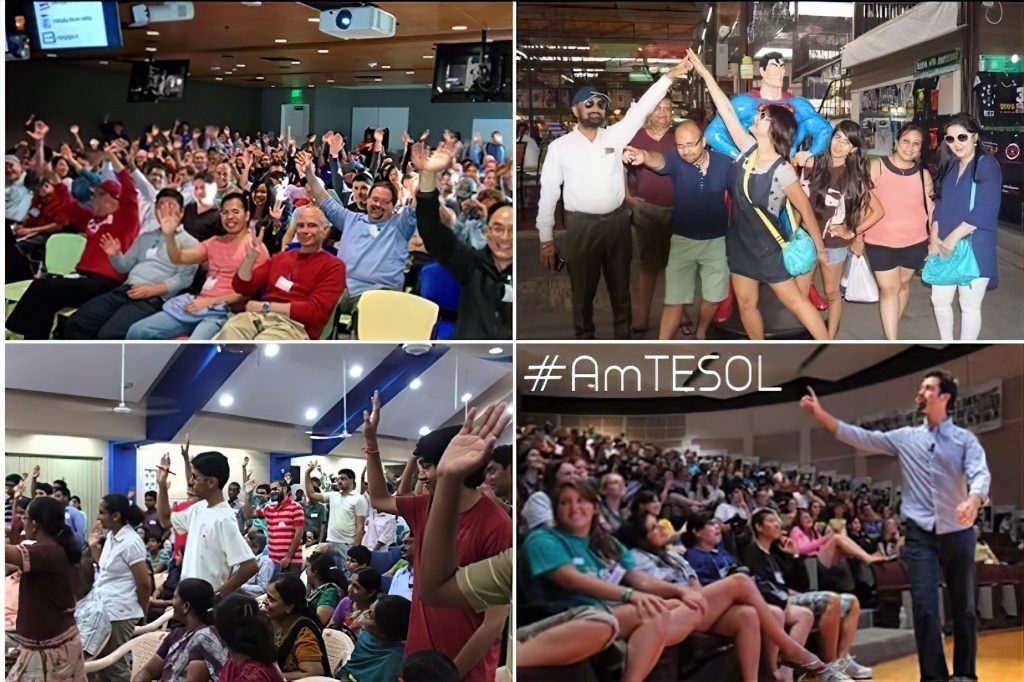As 2025 approaches, the excitement of a new school year is in the air, and with it comes the opportunity to embrace the latest advancements in educational technology. In today’s ever-evolving digital landscape, technology has the power to not only enhance learning experiences for students but also streamline everyday tasks for educators, making classroom management, lesson planning, and student engagement more effective and easier to manage. Here’s a look at 10 cutting-edge tools to help you prepare for a dynamic and successful year ahead:
1. Interactive Whiteboards with AI Integration
Move beyond traditional interactive whiteboards by embracing AI-powered boards. These advanced boards can now adapt lesson plans, provide real-time translation for ESL learners, and even offer voice-controlled commands. AI integration allows for a more immersive and intuitive experience for students and teachers, enhancing visual and kinesthetic learning through live annotation, object manipulation, and interactive activities.
2. Advanced Learning Management Systems (LMS)
LMS platforms have evolved with the incorporation of AI and machine learning, allowing for adaptive learning pathways, personalized lesson plans, and real-time analytics. Systems like Canvas, Brightspace, and the enhanced Google Classroom offer features like automated grading, AI-generated course recommendations, and seamless integration with third-party apps to support second language acquisition and classroom management.
3. AI-Powered Digital Textbooks
Digital textbooks are smarter in 2025, offering real-time quizzes, video explanations, and voice note-taking features. AI-driven platforms such as Pearson’s Revel and McGraw-Hill Connect now personalize learning by adapting content based on students’ progress and offering tailored resources. Students can engage with rich media, take quizzes that adjust to their ability, and receive immediate feedback.
4. Collaborative Learning in the Cloud
Collaboration tools have gone beyond Google Docs and Trello. Now, AI-supported tools like Notion AI and Miro enable students to brainstorm, edit, and co-create in real time, regardless of location. These tools provide smart suggestions, streamline teamwork, and track group performance, which encourages critical thinking, problem-solving, and collaboration, key for building 21st-century skills.
5. Next-Generation Communication Platforms
Stay connected with parents and students through advanced communication tools like Edmodo, Microsoft Teams, and the enhanced version of ClassDojo. In 2025, these platforms offer AI-powered chatbots, real-time language translation, and mood analysis to help teachers gauge student engagement and mood throughout the day, making communication more personalized and effective.
6. Real-Time, Adaptive Online Assessments
Assessment tools have become smarter, with platforms like Formative and Edulastic offering real-time adaptive testing. These tools now analyze student performance during the assessment itself, modifying the difficulty of questions on the fly. With instant grading, teachers can track student progress and provide immediate feedback, helping identify learning gaps quickly and offering personalized support.
7. Feedback Enhanced with AI
Give detailed and personalized feedback using advanced tools like Turnitin’s Feedback Studio and Grammarly’s new Education Suite. These tools analyze not only grammar and style but also offer insights into tone, structure, and content relevance. Audio, video, and even AI-generated personalized feedback options make it easier to cater to diverse student learning styles.
8. Personalized Learning Tools for Differentiation
In 2025, differentiation tools have stepped up their game. Platforms like DreamBox, IXL, and the AI-enhanced Khan Academy now track students’ progress in real time and generate personalized learning pathways. These tools adjust the pace and complexity of lessons based on each student’s needs, ensuring that learners receive targeted support where it’s needed most.
9. Virtual Reality and Augmented Reality Classrooms
Immerse your students in experiential learning through VR and AR technologies. Tools like ClassVR and Merge EDU allow students to explore the world, dissect virtual objects, or even take a virtual field trip to historical landmarks—all from the classroom. This hands-on learning method brings subjects like science and history to life, deepening understanding and retention.
10. Gamification with AI Elements
Gamification has become even more engaging with AI-driven platforms like Gimkit Pro and Kahoot’s AI Quizzes. These platforms offer personalized challenges that adapt in real-time to student progress, awarding badges, points, and even virtual rewards. By incorporating game-based learning, students stay motivated while mastering key concepts in a fun, interactive environment.
Benefits of Using Technology in 2025
- Enhanced Student Engagement: AI-powered tools, VR, and gamification make learning more interactive, capturing students’ attention and keeping them motivated.
- Personalized Learning: With AI adaptive technologies, each student receives a custom-tailored learning experience, allowing them to progress at their own pace.
- Improved Communication: Advanced communication platforms with real-time translation and engagement tracking ensure that students, parents, and teachers are connected more effectively.
- Smarter Assessment and Feedback: AI-powered assessments and feedback tools provide real-time insights, helping students improve faster by addressing gaps and reinforcing strengths.
- Efficiency and Organization: Teachers can automate tasks, grade assignments instantly, and manage classroom activities more efficiently, leading to more time for creative lesson planning.
Fun Fact: Did You Know?
In 2025, AI-powered virtual teaching assistants are being rolled out in classrooms across the globe. These assistants can answer student questions, offer real-time feedback, and even help teachers with grading, making classroom management smoother than ever!
Teacher Zen: Prepare for Your Best Year Yet
By embracing the latest technologies, educators can transform their classrooms into dynamic, interactive environments that cater to the needs of every student. From AI-powered assessments to immersive VR experiences, 2025 offers endless possibilities for making learning more engaging and effective. As we head into the new school year, now is the time to embrace these innovations and empower students to reach their full potential.
So, get ready for the most exciting year yet and let technology be your guide to a stress-free, impactful teaching experience!



